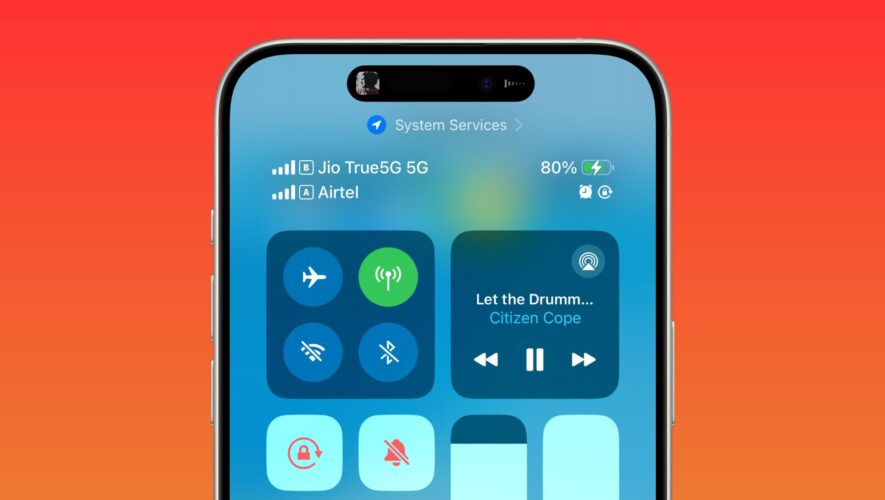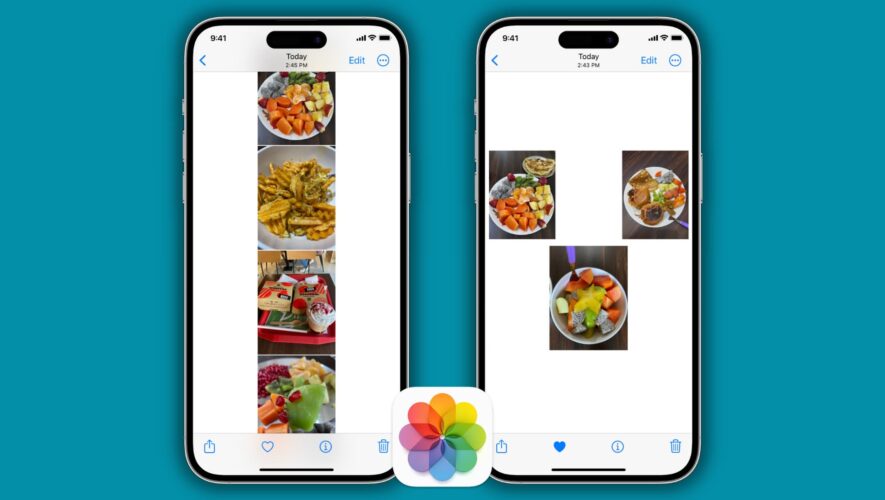As Apple continued to bolster its regimen of free and included apps and services, there was one thing that was lacking. Those who wanted to access different features from iCloud on the web were met with a limited feature set. This essentially rendered the ability to log in from the web as a non-starter.
Related Reading
However, as the apps that we use on a daily basis have improved, Apple partially shifted its focus. The idea is that anyone who wants to access iCloud from a browser, can do so and still have a solid experience. That brings us to the latest big update for iCloud.com.
What’s New With iCloud.com?
Starting with the easy one, using the different iCloud apps from your iPad is the same as using it on your Mac or desktop computer. You have access to all of the normal services, including Find Friends, iCloud Drive, and Find iPhone.
You can easily open up iCloud Photos, and then upload your recent pics to your library from there. Of course, if you have back-ups enabled, then you won’t really need to worry about that. But again, if you need to access a secondary Apple ID, this is a perfect way to manage your different apps and services.
When you log into the new interface for the first time, you’ll be presented with a variety of different “areas”. These are separated into dedicated boxes, and include the following:
Profile Overview
Reminders
iCloud Apps
Photos
Mail
iCloud Drive
Notes
In the top right corner, the new iCloud.com interface provides an “Apps” button. When clicked (or tapped), a drop-down menu appears, giving you another way to access all of the various iCloud Apps and Services. If you are subscribed to iCloud+, this is where you’ll find features such as Private Relay, Hide My Email, Custom Email Domain, and HomeKit Secure Video. There’s also a + button that provides these Create New options:
Email Message
Note
Calendar Event
Reminder
Pages Document
Numbers Spreadsheet
Keynote Presentation
At the bottom of the page, you’ll see sections for Your Plan, Your Storage, and Data Recovery. Selecting any of these will take you to the appropriate landing page within iCloud.com.
Can You Customize iCloud.com?
What makes this update so intriguing can be found when you scroll below the options on the main iCloud.com landing page. There’s a Customize Home Page button that finally makes it possible for you to swap out the different blocks for those that are more pertinent to what you want to see when you log in.
After clicking the Customize Home Page button, your Home Page will be put into “Jiggle Mode”. It’s pretty much the same experience that you’ll find when attempting to customize the Home Screens on your iPhone or iPad, with each block “jiggling”. In the top left corner of each block, there’s a Delete (-) button, along with an Edit button in the top right corner.
Selecting the delete button will simply remove the tile from the iCloud.com Home Page. But clicking the Edit button opens a pop-up menu that makes it easy to swap out the “old” tile for something else. These are the options you have if you want to edit and replace an existing tile:
Photos
Mail
Drive
Notes
Calendar
Numbers
Pages
Reminders
Keynote
Hide My Email
Custom Domain
Apps
As an aside, while it’s extremely convenient to have the ability to access your various iCloud documents from the web, you’ll want to make sure those documents actually reside in iCloud. We only point this out as if you saved a specific document locally to your Mac, then it won’t be available or accessible through the iCloud.com website.
Another nice feature that Apple has implemented with this new iCloud.com redesign is the ability to drag and drop tiles to rearrange them. That being said, once you’ve finished making the necessary changes, all you need to do is click the Done button in the top right corner, and all of the changes will be saved. Now, the next time you log into iCloud.com from any device, it will show the apps and tiles that you want.
Andrew is a freelance writer based on the East Coast of the US.
He has written for a variety of sites over the years, including iMore, Android Central, Phandroid, and a few others. Now, he spends his days working for an HVAC company, while moonlighting as a freelance writer at night.
AppleToolBox



